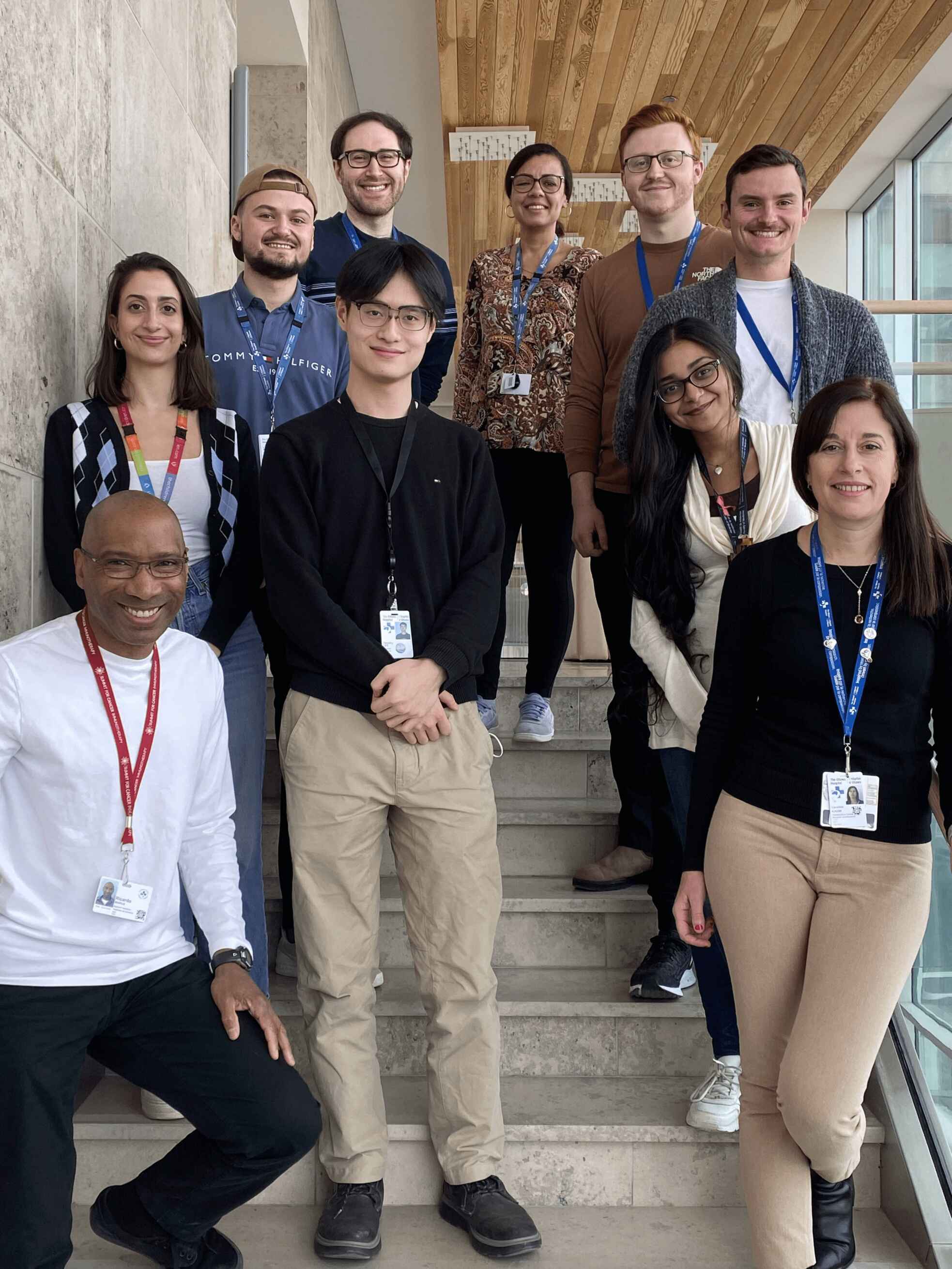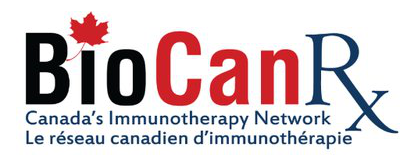By Heather Blumenthal
 In fall, 2020, in an earlier article in this newsletter, Carolina Ilkow described exosomes as a “FedEx system” for cells. At the time, she was leading a BioCanRx-funded Enabling Grant examining how the same oncolytic virus could be used in many people to “train” a patient’s immune system to fight that patient’s specific cancer, thus sidestepping the need to “supercharge” a patient’s own immune cells in the lab – at considerable expense and difficulty – before returning them to the patient to fight cancer.
In fall, 2020, in an earlier article in this newsletter, Carolina Ilkow described exosomes as a “FedEx system” for cells. At the time, she was leading a BioCanRx-funded Enabling Grant examining how the same oncolytic virus could be used in many people to “train” a patient’s immune system to fight that patient’s specific cancer, thus sidestepping the need to “supercharge” a patient’s own immune cells in the lab – at considerable expense and difficulty – before returning them to the patient to fight cancer.
Dr. Ilkow was referring to the ability of exosomes – tiny sacs, or vesicles, attached to the outside of cells – to assist in that training by facilitating communication among cells. Her project has demonstrated the ability to use those exosomes to deliver messages to specific immune cells, depending on which are the most promising candidate to fight the cancer from within.
Exosomes are a promising vehicle for delivering immunotherapies for many reasons. They can target specific cells or tissues, their contents are protected from degradation, there is no danger of rejection by the host, and as vehicles for cell communication, they can travel freely throughout body.
“We have learned more about exosomes, and new ways of using them,” says Dr. Ilkow, a Senior Scientist in the Cancer Therapeutics Program at the Ottawa Hospital Research Institute and an Associate Professor, University of Ottawa.
Today, thanks to her team’s work, the FedEx analogy is more valid than ever.
Just as FedEx delivers countless parcels to different addresses and with different contents, Dr Ilkow and her team have found that exosomes can go to any number of specific targets.
Even more promising, however, is the ability to change the contents of the exosome, the material that is being delivered to the various addresses. In the original research, the contents of the exosome were immune-stimulating molecules. But Dr. Ilkow and her team can now also embed in the exosomes tiny pieces of RNA that act as immune checkpoint inhibitors to inhibit the growth of cells in the tumour, as well as toxins that can directly attack the cancer cells.
In other words, the team has moved beyond a single project to develop a platform, one that could change the way immunotherapies are delivered.
The next step is to make this platform available in the clinic. But testing, validating and making a platform available is an expensive proposition, more so than simply one clinical trial. So, Dr. Ilkow and her team have also been focussing their energies on putting the pieces in place to support this next step.
One of the things they’ve been doing is building up their patent portfolio, to protect their intellectual property against other companies in other parts of the world, primarily the United States and United Kingdom, who are also working to exploit the potential of exosomes. (Among the targets of these companies, in addition to cancer, are wound healing, respiratory distress associated with COVID-19 and stroke.)
The other important step they’ve taken is to create a new company, called Esphera (mixing the English and Spanish words for sphere, reflecting the shape of exosomes) to raise the money needed to support the commercialization of the team’s platform and its translation to the clinic.
“We have talked to lots of people,” says Dr. Ilkow. “Lots of people are very interested in helping us to make the jump from grant funding to investor funding.”
Among the challenges the team is working on are how to comply with manufacturing requirements, determining appropriate dosing to ensure the exosome can efficiently penetrate the tumour and how to place the desired therapeutic cargo into the exosome.
“These are exciting times,” Dr. Ilkow says. From one specific project, her work has grown to open a whole new avenue for delivering immunotherapies in a cost-effective and potentially transformative manner – an exciting outcome from a single Enabling Grant.
Heather Blumenthal has been writing about health and health research for more than 20 years and never loses her fascination with the advances Canadian researchers are making.

